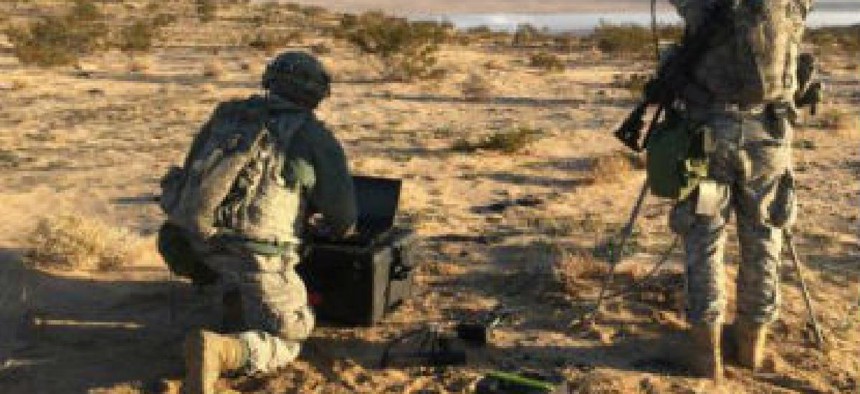Military IT chiefs want combat-ready infrastructure

Army CIO Maj. Gen. Peter Gallagher said current DOD networks aren't necessarily what's required for the next conflict.

A streamlined IT infrastructure isn't just efficient, it's essential to warfighting capabilities.
"We as an industry embrace complexity, unfortunately," said Rear Adm. Nancy Norton, the vice director for the Defense Information Systems Agency during an AFCEA event featuring CIOs from each military branch on Sept. 14.
"Part of our success is making complexity work," she continued, pointing out the slow and cumbersome nature of modernizing government IT.
At DISA, Norton said the agency was "thinking differently" and working on several projects that will help expand and streamline the Defense Information System Network, including becoming more compatible with internet protocol services, which currently hinders troubleshooting, and systematically increasing the survivability of the infrastructure.
"All of the work of these efforts will reduce complexity and the number of devices," Norton said, joking that some service members may not want to give up their legacy devices.
But the current state of defense infrastructure could be a hindrance when it comes to preparing defense systems for future conflict.
"We've really made a lot of investment in the network over the last 16 years," said Army CIO Maj. Gen. Peter Gallagher during the panel. But in terms of emerging tech, "the network we have isn't necessarily the network we need in order for us to really be ready for the next conflict, wherever that might be."
The Army's primary functions are to engage in and prepare for warfighting, Gallagher said, and that includes IT.
"The network has to be simple and work from end to end," and it must be able to adapt to a "very mobile, very lethal environment where we are much more contested than we are today," he said.
"We cannot afford the luxury of having field service representatives on every deployment," which Gallagher said means "starting at the edge and working our way back to make more intuitive devices."
"The network we deliver for the future really has to be as simple and intuitive as possible" so that soldiers don't have to "figure out a configuration standard when they have to make that call for their life," he said. "You want the complexity behind the faceplate."






